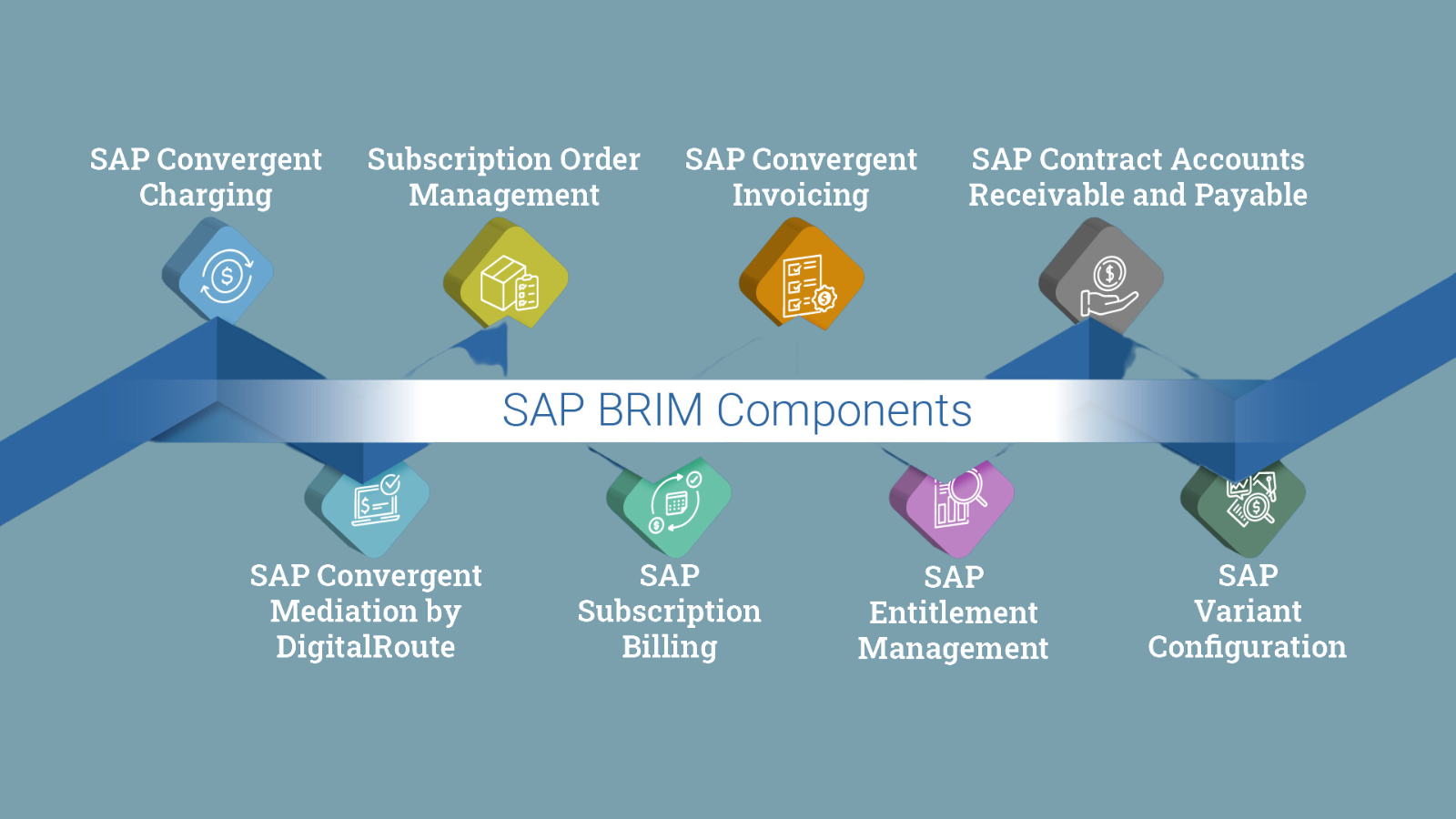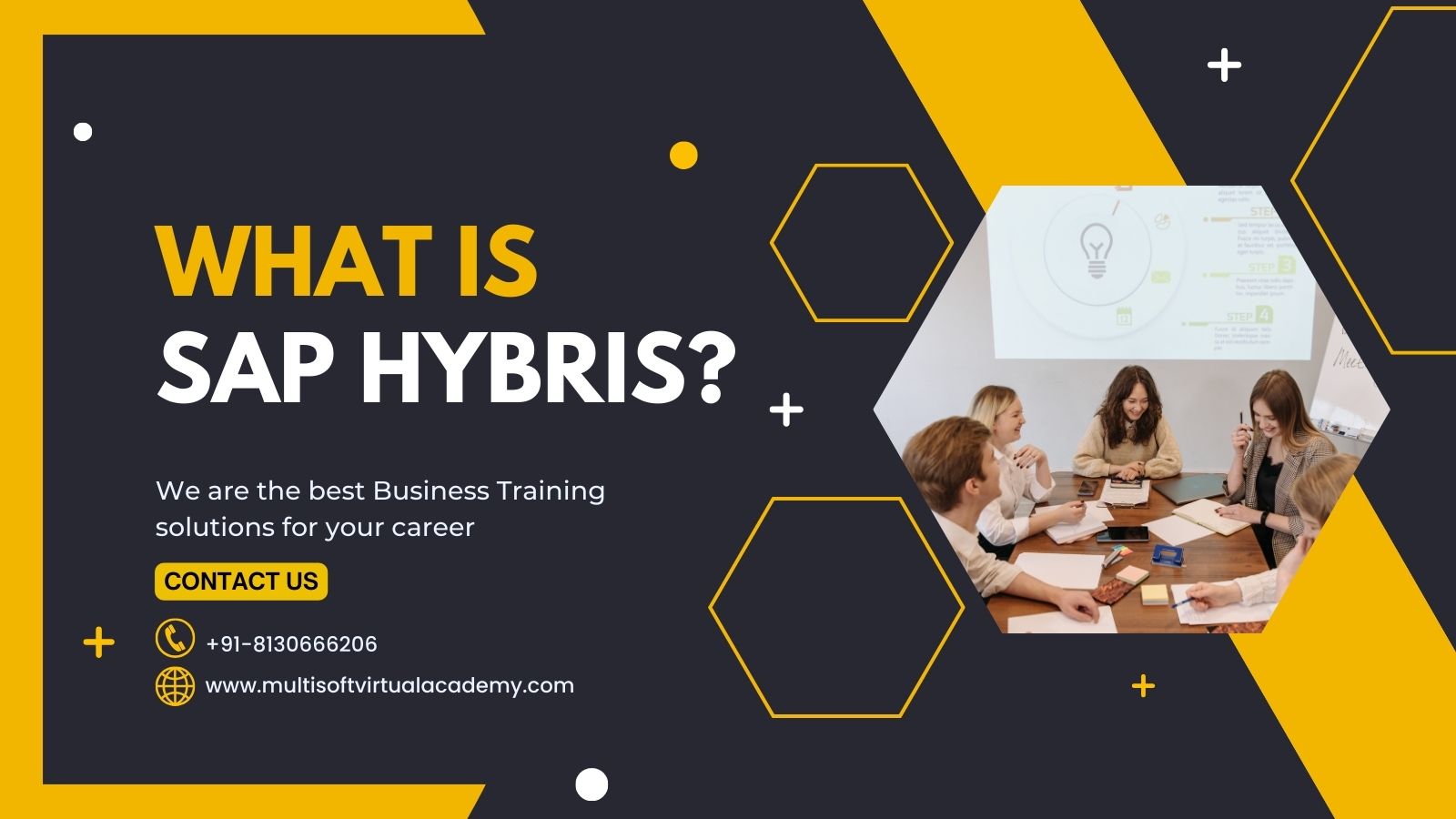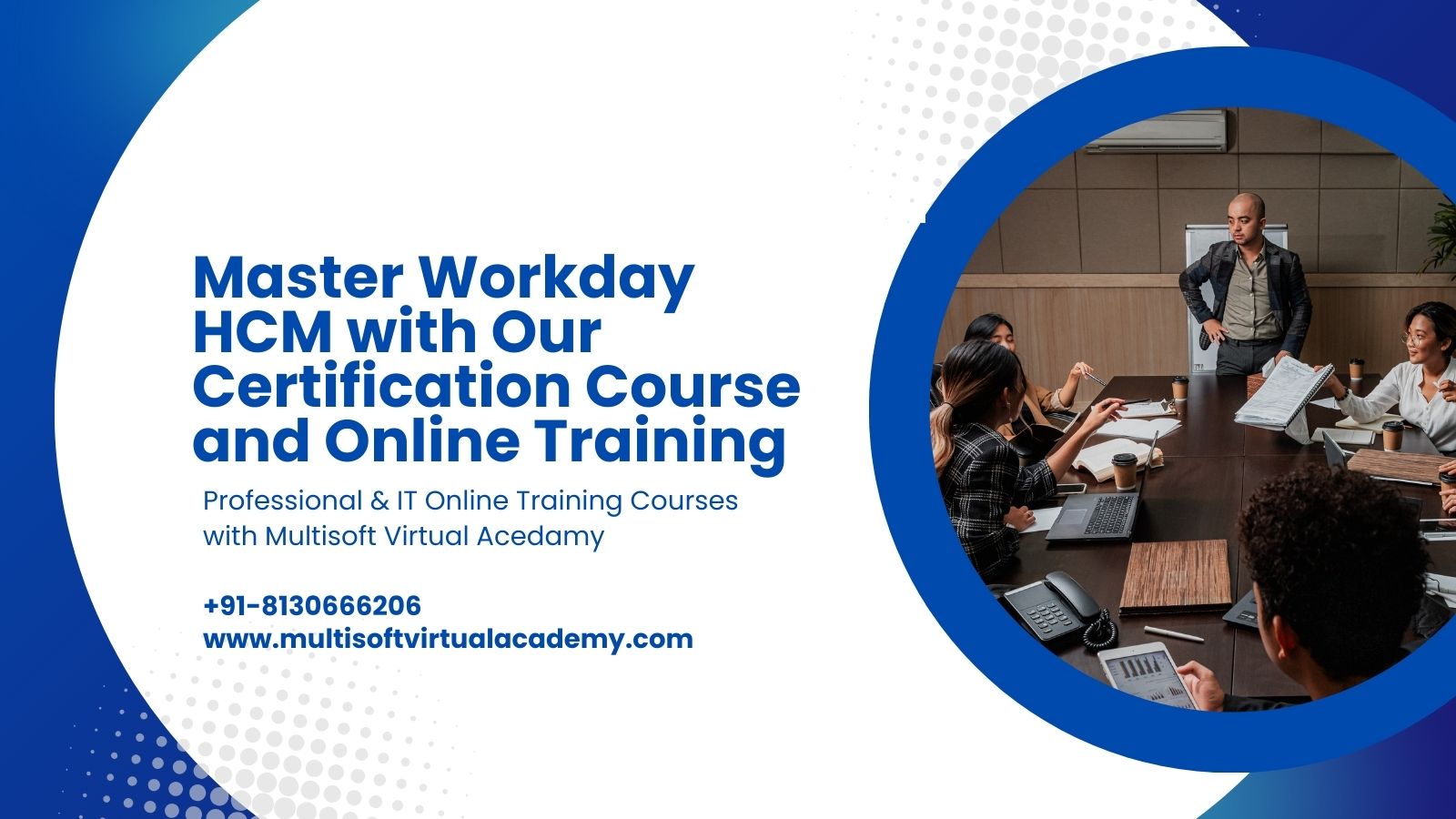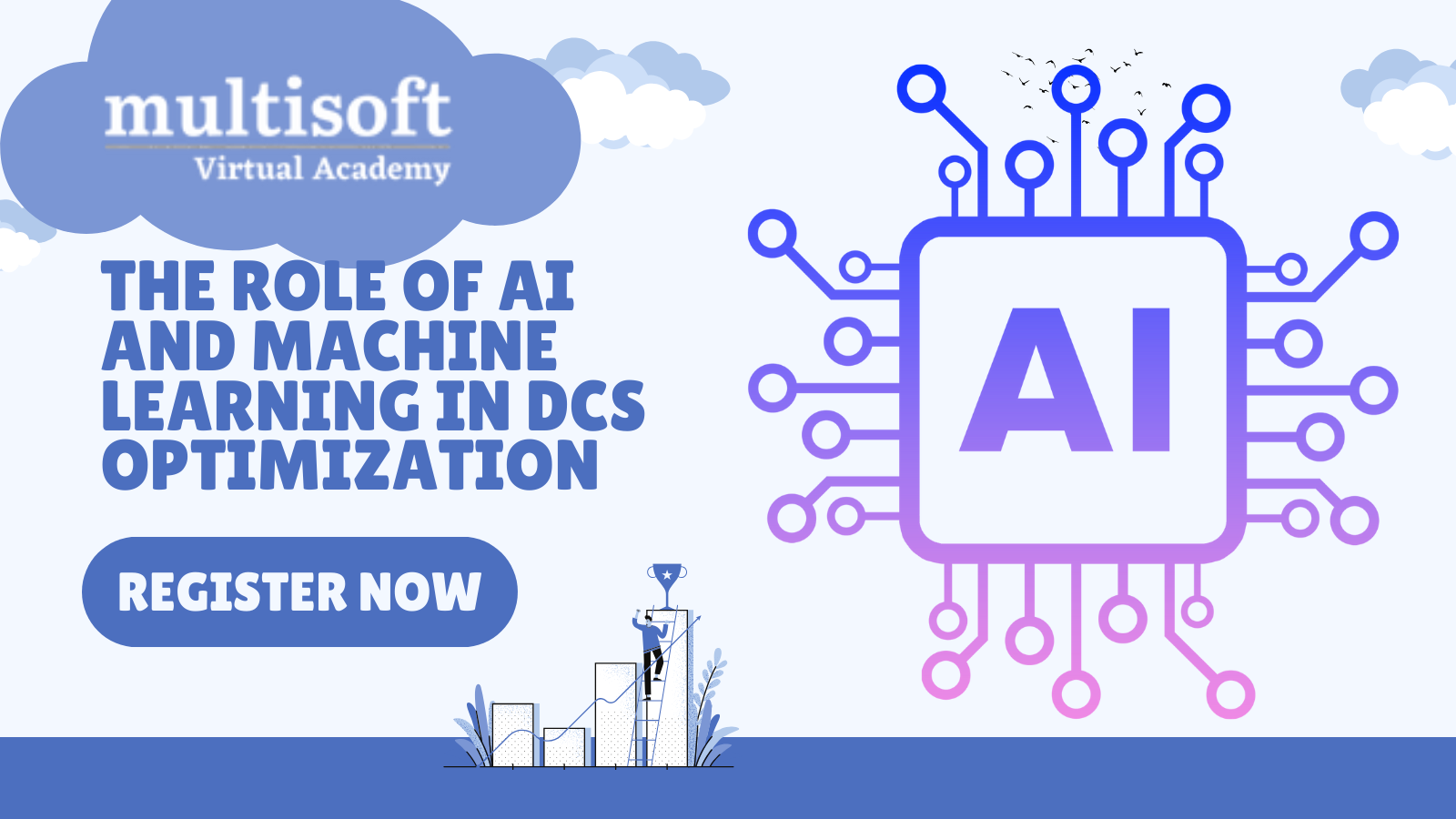OpenStack Training Interview Questions
OpenStack is an open-source cloud computing platform that provides a set of tools for building and managing both private and public clouds. It enables scalable orchestration of compute, storage, and networking resources in a cloud environment, offering an infrastructure-as-a-service (IaaS) solution widely used by enterprises. Therefore Multisoft Virtual Academy offers an extensive OpenStack Online Training course which is an educational program designed to teach participants the fundamentals and advanced concepts of OpenStack, a cloud computing platform. The course covers OpenStack architecture, deployment, cloud storage, networking, and more, with a focus on practical and theoretical knowledge. Delivered online, it's suitable for professionals seeking to upskill in cloud infrastructure and OpenStack technologies.

Below mentioned are the top 20 frequently asked interview questions, have a look and prepare well!
Q1. What is OpenStack?
OpenStack is an open-source cloud computing platform that facilitates building and managing both public and private clouds. It provides a rich set of software tools to manage and orchestrate cloud computing platforms, including compute, storage, and networking resources, all through a dashboard that gives administrators control and users the ability to provision resources through a web interface.
Q2. Can you explain the core components of OpenStack?
The core components of OpenStack include Nova for compute, Swift for object storage, Cinder for block storage, Neutron for networking, Keystone for identity services, Glance for image services, and Horizon as the dashboard. Each component is integral, working in tandem to create a robust and scalable cloud environment.
Q3. How does OpenStack differ from AWS?
OpenStack is an open-source software for building private and public clouds, giving organizations control over their infrastructure and avoiding vendor lock-in. AWS, on the other hand, is a public cloud provider offering a wide range of services. While AWS is known for its vast service offerings and scalability, OpenStack offers greater customization and flexibility for cloud infrastructure.
Q4. What is the role of a hypervisor in OpenStack?
In OpenStack, the hypervisor plays a crucial role in enabling virtualization. It allows multiple virtual machines (VMs) with varying operating systems to run on a single physical host, by isolating the VMs from each other and from the underlying hardware.
Q5. How does OpenStack ensure data security?
OpenStack ensures data security through various means like identity service (Keystone) for authentication, encrypted communication between services, role-based access control, and integration with external security systems like LDAP. Projects like Barbican for key management and security groups in Neutron also add additional layers of security.
Q6. What are the storage options available in OpenStack?
OpenStack offers several storage options: Object Storage (Swift), Block Storage (Cinder), and File-based Storage (Manila). Swift provides scalable and redundant storage for objects and files, Cinder offers block storage for VMs, and Manila provides a system for managing file shares.
Q7. What is Tenancy in OpenStack?
Tenancy in OpenStack, often referred to as a 'project' or 'account', is a method for isolating resources in a cloud environment. Different tenants in OpenStack can represent different customers, projects, or users, each isolated and unaware of the others' existence within the same cloud infrastructure.
Q8. How does OpenStack handle networking?
OpenStack handles networking through its component called Neutron. It provides 'as-a-service' capabilities such as LBaaS (Load Balancer as a Service), VPNaaS (VPN as a Service), and FWaaS (Firewall as a Service). Neutron allows users to create their own networks, control traffic, and connect servers and devices to one or multiple networks.
Q9. Explain the role of API in OpenStack.
APIs in OpenStack are crucial for automating and managing cloud resources. They allow developers and cloud administrators to interact with OpenStack services programmatically. Each core component of OpenStack exposes an API, enabling integration with other tools and systems, automation of tasks, and development of cloud-native applications.
Q10. What is the function of the Horizon dashboard in OpenStack?
Horizon is the official web-based dashboard in OpenStack, providing a graphical interface to manage and configure various OpenStack services and resources. It allows users to launch instances, manage networking, and set up cloud applications without needing to interact directly with the OpenStack APIs.
Q11. How do you manage instances in OpenStack?
Instances in OpenStack are managed through the Nova component. You can create, launch, terminate, and monitor instances using the Horizon dashboard or Nova APIs. Nova interacts with other components like Neutron for networking and Cinder for block storage to provide comprehensive instance management.
Q12. Can you explain OpenStack’s role in cloud orchestration and automation?
OpenStack plays a significant role in cloud orchestration and automation through components like Heat and Mistral. Heat allows the creation of templates for app deployment, automating the infrastructure provisioning process. Mistral provides workflow services to automate cloud tasks, coordinating multiple OpenStack services for complex deployments.
Q13. What is the difference between scalability and elasticity in cloud computing, and how does OpenStack support these?
Scalability refers to the ability to handle growing workload by increasing resources, whereas elasticity is about both scaling out and scaling in resources as per demand. OpenStack supports both through its various components; for instance, Nova supports scalability and elasticity of instances, and Heat supports orchestration templates for scaling resources.
Q14. Explain Object Storage in OpenStack.
Object Storage in OpenStack, handled by Swift, is used for storing unstructured data like documents, images, and backups. Unlike block storage, it's accessible through APIs and is highly durable, scalable, and fault-tolerant. Data is stored as objects in storage containers, each identified by a unique URL.
Q15. Describe the Block Storage service in OpenStack.
Cinder is the Block Storage service in OpenStack, providing persistent block-level storage devices for use with OpenStack compute instances. It allows users to create and manage system volumes for servers, offering storage similar to hard drives. Cinder can integrate with various backend storage solutions, like NFS or iSCSI.
Q16. How does OpenStack support cloud networking?
OpenStack's networking is managed by Neutron, which provides 'networking-as-a-service' between interface devices such as VMs, networking services like routers, and subnets. It supports VLANs, VXLANs, and GRE for network segmentation, and allows users to create networks, add routers, and manage IP addresses, enhancing cloud network flexibility and security.
Q17. What are the different ways to interact with OpenStack services?
Users can interact with OpenStack services in several ways: through the Horizon web dashboard, using the OpenStack command-line interface (CLI), or via the REST APIs provided by each OpenStack service. Each method offers different levels of control and automation.
Q18. Discuss the role of orchestration in OpenStack.
Orchestration in OpenStack, mainly through the Heat service, allows the automatic creation, modification, and scaling of cloud resources. Heat uses template files to automate the deployment of instances, volumes, and other resources, making it easier to manage complex cloud environments and repeatable cloud application deployments.
Q19. How does OpenStack handle Identity Management?
Keystone is the identity service in OpenStack, providing central authentication, authorization, and service catalog. It manages users, roles, and permissions, ensuring secure access to cloud resources. Keystone also integrates with existing backend directory services for user management, such as LDAP or Active Directory.
Q20. What are some challenges of using OpenStack?
Some challenges of using OpenStack include its complexity in setup and maintenance, steep learning curve, and requirement for significant expertise to troubleshoot and optimize. While it offers flexibility and control, managing an OpenStack environment requires skilled administrators and dedicated resources.










































 Join our Live Instructor-Led online classes delivered by industry experts
Join our Live Instructor-Led online classes delivered by industry experts